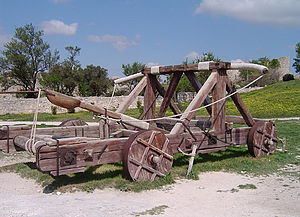The whole book leads up to the Big Finish. The battle can be primarily
internal external, or a cunning blend of the two. But even in a book
without a villain, the main character struggles against something or
someone outside of herself.
The Big Finish is the lowest, most grueling point of the book for your
main character. For this reason, it can be rough on the writer, too. The
writer may care deeply for this character. Not only that, the writer
knows the character will finally win it all (or almost all). On top of
that, it you write your stories sequentially, you may be ready to just
get it over with. So it can be difficult to write a convincing Final
Battle.
Winning the final battle does not necessarily mean that everything goes
the way your main character wanted. After all, the reader has needs
too. Some writers prefer a bitter-sweet ending where a much-loved ally
dies selflessly. Or ends with a cliff-hanger. But no matter how the Big
Finish ends there still needs to be a Big Finish. And your main character needs to be the star.
It can be tempting to give too much of a role to allies that you bring
to the conflict. They can't just stand around, right? But the book is
about your main character. It might be a good idea to stall or
neutralize your reinforcements.
Theme usually comes into play during the final show-down. Theme is what
your book is about so it only makes sense for the Big Finish to
validate what your book is about. In fact, if you don't know what your
book is about and you've already written this plot point, your theme is
probably floating around there somewhere.







